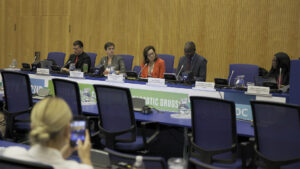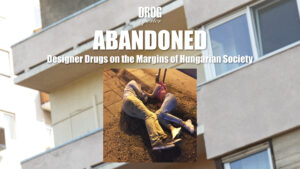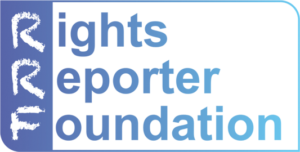When it comes to drugs, Hungary is the country of extremes. It has one of the most repressive drug laws in the EU – and the most liberal regulation of alcohol at the same time.
The first thing the Orban government did after taking office in 2010 was legalise home distilling of palinka, the Hungarian brandy (with 40-80% alcohol content). Orban recently celebrated this decision 10 years on in a small town, Becsehely, drinking home-made palinka publicly with his supporters. Despite being in the middle of the COVID-19 epidemic – with Hungary currently seeing a sharp rise in infections – nobody in the photos wears a face mask.
“One of the examples that idea of sustainable inventions do not always come from Budapest is opening the opportunity of home palinka cooking,” he said to the press. “With the two-third constitutional revolution we gave us a chance to change everything that we deemed necessary to change.” By the “constitutional revolution” he referred to the landslide victory of his party at the parliamentary elections that made it possible to change the constitutional system without the consent of any opposition parties. Orban praised the on-the-ground experiences of local communities and encouraged them “not to wait for instructions from above what to do, when, and how.”
This statement is in stark contrast with his efforts to centralise all power in Hungary, including local governments, that are deprived of vital resources and autonomy to make decisions about the lives of local communities (read our previous article on Autocracy Analyst about the Göd Samsung factory). Orban’s government waged a so called “freedom fight” to change EU regulation on home distilling of spirits and now is considering to introduce tax exemption on palinka.
Alcohol abuse and dependence is a huge problem in Hungary by all measures. In 2010 Hungary was the eighth in the world list of per capita alcohol consumption with 13.3 litres – the highest in the EU. Alcohol-related health damage is one of the key causes of deaths in Hungary. The death rate from cirrhosis of the liver is much higher than in most other countries in the region. While the Hungarian parliament created a National Palinka Council and a National Palinka Strategy (to promote palinka), neither the previous socialist governments nor the current Fidesz government created a national alcohol strategy. In the previous 10 years the addiction treatment system suffered under severe budget cuts and a lack of trained professionals.
Although alcoholism is not addressed and alcohol is publicly promoted, the users of illicit drugs are harshly criminalised and stigmatised in Hungary. The government adopted a national anti-drug strategy in 2013 that aims to create a drug-free Hungary by the end of 2020. According to epidemiological data, the prevalence of drug use has not decreased but increased in the past 7 years. What is especially worrying is the rise in the use of new psychoactive substances, especially synthetic cannabinoid receptor agonists (dubbed spice in Western Europe, sold as “herbal” or “bio” on the Hungarian streets). The government has a tough-on-drugs approach and introduced harsher penalties for drug offences in 2013. It also created a generic list to ban groups of substances instead of controlling them individually. Despite these repressive efforts, drug problems are rampant, especially among marginalised Roma communities (read my previous article here).
According to a recent survey we carried out among young people, access to quality school prevention programs is very limited, with most programs operated by the police, based on a DARE-type deterrence approach. Funding for prevention and harm reduction organisations is scarce. The two largest needle and syringe programs have been shut down in 2014, after political attacks from local governments. This year the government did not announce the grants for drug prevention organisations and these grants are missing from the budget plans for next year. The government mostly supports faith-based organisations and police to take over the role of prevention in schools. This year the so-called School Guard was established and police officers with batons and gas sprays were sent to schools to discipline misbehaving students. At the same time, there is only one school psychologist per 1000 high school students.
Peter Sarosi






